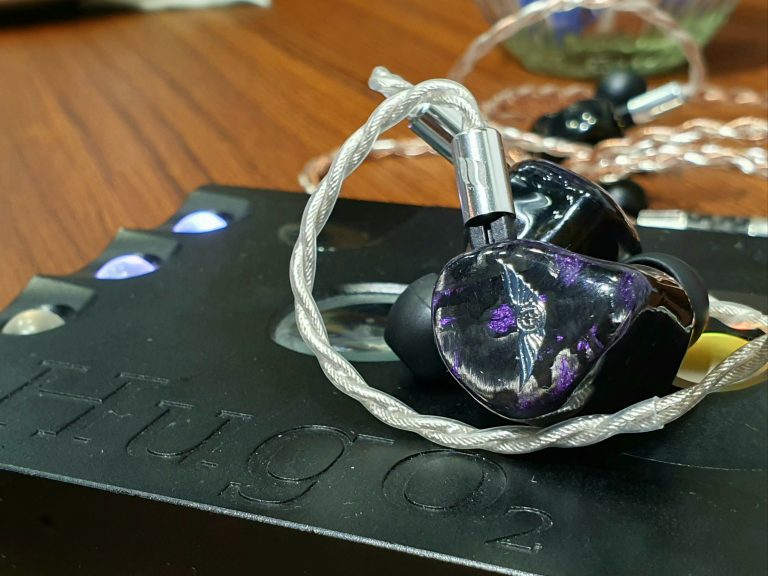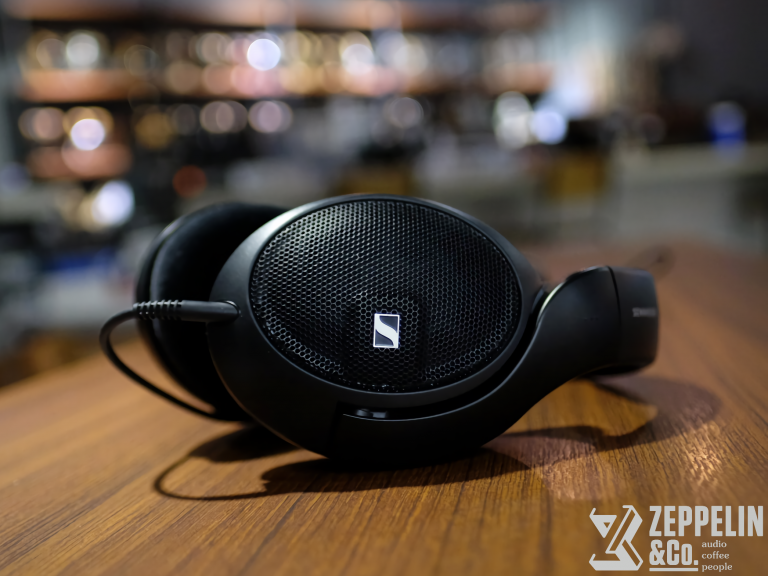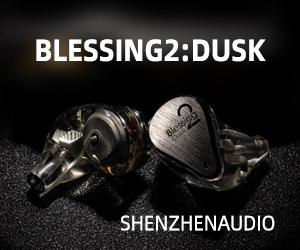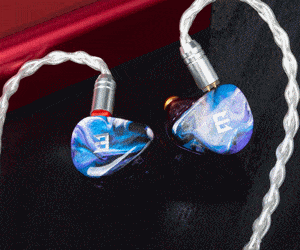I’ve always respected Massdrop for the strides that they have made for the audiophile world. Bringing the vintage into the mainstream, making the expensive cheap, sprinkled in with their own philosophies of what they believe to be the best sound… and now, an interesting new piece of tech: the “Planamic”, which is essentially a planar driver magnetically charged on a single plane rather than the typical two. I, not wanting to miss out on the wild and whacky experimentations of the industry, approached them for a review unit.
The Planamic is what I’d personally describe as “dark chifi V”. If that doesn’t make sense, it basically has boosted bass, a bump in the mid-vocals and then an early roll-off in the top end. The signature itself is of course a purely preferential thing, but what mashes my potatoes is what is of course the basis of the entire ranking list itself, the technical ability (and partly timbre/tonality).
Let’s start with the bass. As a primer, the “perfect bass” will ideally be one that has a fast and clean initial hit (also known as “attack”) but also linger slightly afterward (also known as “decay”). The attack of the Planamic’s bass is soft, poofy and way too blunt. It isn’t clean and slightly slow so the bass notes tend to overlap rather easily, creating a muddy effect. The decay is also too long, contributing to how congested the experience is as a whole.
Into the midrange, everything just sounds muffled. The tonality is all over the place, at times there’s too much overtone while in others there’s a void in the harmonics. It is somewhat acceptable for tenor/alto instruments as well as male vocals but falls apart in the soprano/female vocal ranges. The details get smoothed over and feels like the music is operating in a fog constantly. Which brings me to my next point…
The treble is arguably the worst aspect of the Planamic. There is such a huge contrast between the midrange and the treble that there is no snap or proper texture to any of the higher percussion instruments. Now I understand that dark, “no treble” signatures are also a preference thing so anyone can definitely enjoy the Planamic as something to match their own tastes. However, I myself have heard much better dark IEMs and there still needs definition and resolution in the treble, even if it is tuned to be more subdued.
The imaging… it’s average. It’s not bad but I can’t find anything really good about it, much less outstanding. It’s not going to break any laws of physics but hey, most IEMs are average anyways.
Conclusion
One of the harder things about asking for review units is when the unit in question is so average that I struggle to find the words to pad out the description. This “planamic” technology certainly is interesting and I’ll always be in support of any new concepts that pop up within the porta-fi world. Unfortunately though, the pioneers are usually never the greatest and the Planamic is no exception; it’s certainly not a bad IEM but it performs at the same level as what I’d expect a mainstream earphone would. However, I do hope that MEE and Massdrop continue to experiment around and come up with new and novel ideas. Certainly exciting times in the IEM world still.

First impressions
Massdrop x Empire Ears Zeus (+ OG Zeus XIV): Unboxing
Introduction Empire Ears is a brand name that many would associate with luxury and, to a certain extent, excess. Whether
September 13, 2019
1 Comment

Cliffnotes
[Cliffnotes] Empire Ears Valkyrie & Wraith: Bandwagon
Welcome to my Cliffnotes, a series where I push out rapid fire opinions of some of the IEMs I’ve heard but
November 28, 2019
7 Comments

Reviews
Unique Melody MEST and Mini MEST Review: Is MEST Best?
A review of Unique Melody’s new bone-conducting MEST series: the MEST and the Mini MEST.
November 18, 2020
8 Comments

Reviews
Sennheiser HD560S Review: The Evolved 500
A review the much-hyped addition to Sennheiser’s HD500 series: the HD560S.
November 6, 2020
16 Comments

Reviews
Moondrop Illumination Review: All That Glitters
A review of Moondrop dynamic driver flagship IEM: the Illumination.
February 21, 2021
6 Comments

Reviews
Drop + Sennheiser HD8XX Review: Illogical Conclusion
A review of Drop and Sennheiser’s latest and most anticipated collaboration: the HD8XX.
September 3, 2021
36 Comments








1 thought on “Massdrop x MEE Planamic Mini-review”